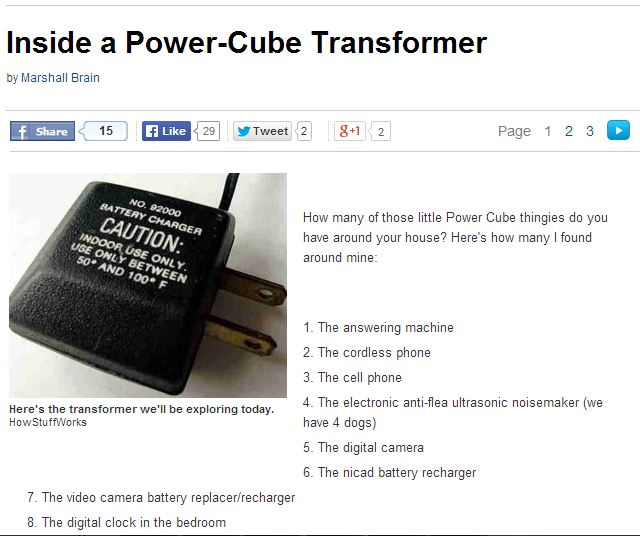When you’re in the business of providing power monitoring
equipment, you should always be ready to offer safety precautions to your customers.
With the potentially fatal hazards associated with electrical systems, your customers
should be fully aware of the risks and invest on ways to prevent them. By giving
them useful information, you may even bring them to better appreciate the
technologies you provide.
Wednesday, September 24, 2014
Monday, September 22, 2014
Notes when Using a DC Transformer
Nearly all households in the U.S. are using AC
(alternating current) power, mainly because it is easier to change the voltage
of this type of electricity than DC (direct current) power. However, some
household appliances, like a TV, require DC power to run properly, making a DC current
transformer at home important.
Wednesday, September 17, 2014
AC Current Sensors and More—Power Monitoring Systems for Businesses

One of the major expenditures a business has is its power consumption, so any company hoping to maximize its budget should consider installing a dedicated power monitoring system. In fact, a single accurate DC current sensor along with reliable transformers can help pinpoint where power usage is wasteful or inefficient. To illustrate, here’s an excerpt from Jon A. Bickel’s article for Electrical Construction and Maintenance concerning the benefits of installing such a system.
http://blog.aimdynamics.com/2014/08/07/ac-current-sensors-and-more-power-monitoring-systems-for-businesses/
Energy Tracking: Why It’s Done and What You Need
As a retailer of power monitoring equipment, your customers are going
to request for various devices for different purposes. You have to be familiar
with the principles and the tools needed for these purposes, so you can assist
your clients well. Here are some common reasons why energy tracking is done and
what devices may be needed:
Monday, September 15, 2014
Daily Physics in Action: The Underrated AC and DC Current Transformer

You should learn as much as you can about the electrical devices around you—especially if it’s your business to do so. It’s also essential that you purchase only from efficient suppliers like Aim Dynamics as they have most of what you’ll need, from transformers to a reliable DC voltage transducer.
http://blog.aimdynamics.com/2014/08/06/daily-physics-in-action-the-underrated-ac-and-dc-current-transformer/
The Pros of Using a Split Core Current Transformer
Power measurement systems
require transformers to work properly. There are two main types of transformers
for this use: solid core and split core. These devices vary in terms of
performance and cost, the latter being one the major reasons some users choose solid
core over split core transformers. However, split core transformers have many advantages
over solid core.
Saturday, September 13, 2014
Tips for Data Centers—Cost-Cutting to Flexible Current Transformers

Replacing damaged or inefficient servers with ones that use lower power server chips to reduce energy wastage. To get a picture of how efficient your servers really are, utilize an auditing software to monitor all operations of machines. Cutting out ones that are not useful saves more. Of course, all of these efforts won’t make sense without monitoring energy consumption—and this can be done with the help of sub-metering via a reliable flexible current transformer.
http://blog.aimdynamics.com/2014/08/05/tips-for-data-centers-cost-cutting-to-flexible-current-transformers/
Thursday, September 11, 2014
Tracking Electricity with the Use of Split Core Current Transformers

According to MetersUSA.com, split core CTs are “for measuring currents from 100 to 5000 amps, with windows in varying sizes from 1″ by 2″ to 13″ by 30″. Since one end of a split core CT is removable, the bus bar or load conductor doesn’t have to be disconnected during installation. This is why quality split core current transformers are easy to install, without even interrupting power supply or systems.
http://blog.aimdynamics.com/2014/08/04/tracking-electricity-with-the-use-of-split-core-current-transformers/
Subscribe to:
Posts (Atom)
